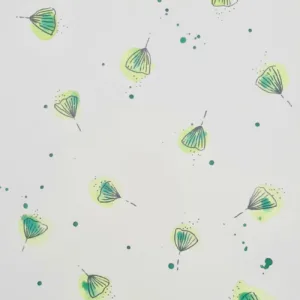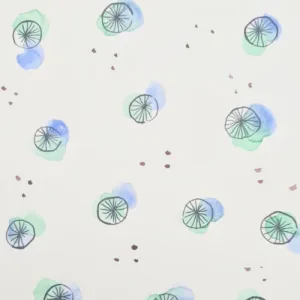I love preparing these little delicious bites — if you have someone to help you with the assembly, it will be more fun, and they’ll be ready in no time!
Zucchini rolls with goat cheese & lumpfish roe
12 November 2025
: FOR 15 TO 20 ROLLS
: 40 min
: 1 min
: 40 min
: EASY
You can find lumpfish roe in small glass jars at the fish market or in the fresh section of the supermarket. They are crunchy, very salty, and have a briny flavor. You can replace them with trout or salmon roe, which are less salty.
Ingredients
- 2 medium firm organic zucchinis or 3 small ones
- 1 tablespoon lemon juice
- About 150 g (5 oz) mild, fresh goat cheese
- Fleur de sel (or sea salt) and freshly ground pepper
- A few sprigs of chives, basil, or dill
- A pinch of chili flakes or paprika
- 50 g (about 2 oz) red lumpfish roe
- A drizzle of olive oil
Directions
- Step 1 Bring a pot of water to a boil. Wash and slice the zucchinis into thin ribbons using a vegetable peeler, then blanch them for 1 minute in boiling water. Drain well. Brush with a drizzle of olive oil mixed with lemon juice, season with salt and pepper, and refrigerate.
- Step 2 Mix the goat cheese with the chopped herbs, add pepper, and sprinkle in the chili flakes or paprika. Keep chilled. Both of these steps can be done ahead of time.
- Step 3 ASSEMBLING THE ROLLS: Lay the drained zucchini ribbons flat on a work surface and spread a little goat cheese mixture along one end of each ribbon. Roll up tightly and secure each roll upright with a wooden toothpick. Just before serving, top each roll with a small teaspoon of lumpfish roe. Press gently and arrange on the serving plate. Provide paper napkins for your guests, it’s safer!










